Top 20 Psychedelic Albums

If you’d used the word ‘psychedelic’ in polite conversation back in the 1960s, the only people who would likely have understood it would have had a background in medicine. But since then, the long and fruitful relationship between creatives and recreational drug-taking has ensured that it’s now much more often used to describe music. And even then, ‘psychedelic’ has become so widely used that it’s routinely appended to pretty much any music that has a slightly unusual, surreal feel to it.
Settling on a list of 20 psychedelic records spanning the late ’60s era of LSD cheerleading to the present day, therefore, isn’t easy. It’s a description that can cover all kinds of modern music, from laid-back, pastoral folk to minimalist techno to doom-laden heavy rock.
Beamed to your brainConsumers of the records featured here will also find that effects may vary – after all, music is always in the ear of the beholder. Some of these 20 albums have simply a gentle hint of altered consciousness, while others sound like they were beamed in from a distant galaxy. And others are just doing an exceptionally impressive job of copying The Beatles.
Maybe it’s a crushingly obvious choice, but without the Fabs album included in our roundup relatively few of the other records would sound the same. And the enduring penchant of artists for making music replicating the feeling of being under the influence of hallucinogens would perhaps never have caught on, either.
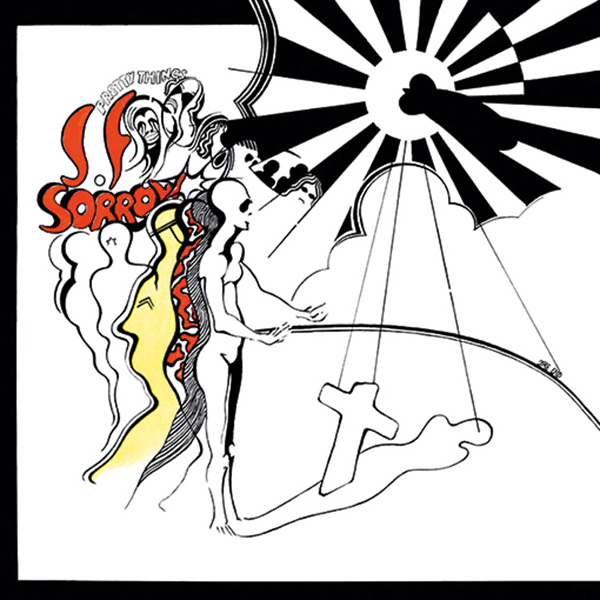
Pretty Things
S.F. Sorrow
Columbia, 1968
If the flower children’s dream was already turning sour by the end of 1968, then these gnarly British ne’er-do-wells could soundtrack their bad trip. In doing so they arguably invented the rock opera (predating The Who’s Tommy by six months), but whatever we call it, S.F. Sorrow is a dizzy, immersive affair coming on like a vivid dream of a Great War veteran’s life story, brought up to date in an already tarnished age of Aquarius. Flute-flecked psychedelic pop music like ‘Private Sorrow’ rubs shoulders with the minimalist proto-metal of ‘Balloon Burning’, and the riff-laden malevolence of ‘Old Man Going’.
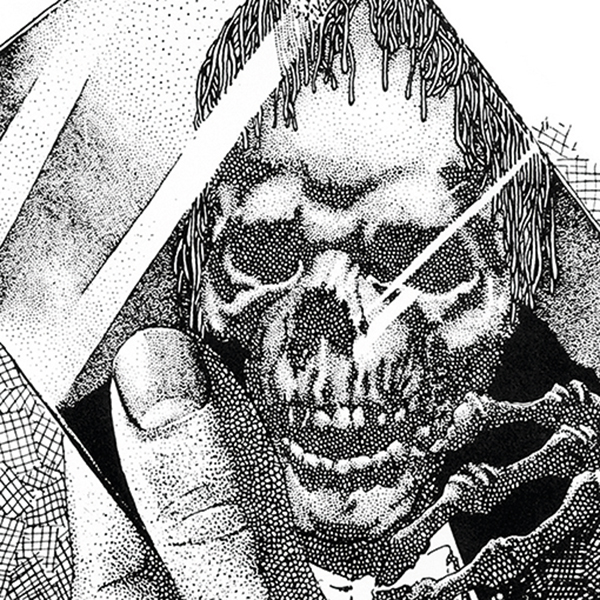
Oneohtrix Point Never
Replica
Software, 2011
On this fifth album from electronica experimentalist Daniel Lopatin, he squeezes unearthly sounds from an old synthesiser and wraps them around weird, chattering sonic punctuation. His mix of TV advert samples, machinery and mangled tape loops is a surefire way of colouring in anyone’s journey into their own deep unconscious, whether they’ve had a skinful of ale, a surfeit of natural herbal fumes or little more than a cup of Earl Grey. It may sound a million miles away from the mystically charged guitar pop the hippies called trippy, but this is 21st century psychedelia par excellence.

Boards of Canada
Music Has The Right To Children
Warp, 1998
There are surely few better settings for a psychedelic experience than one’s own bedroom, and the hillside ‘bunker’ where Scottish brothers Michael Sandison and Marcus Eoin came up with this bewitching sound collage was surely a logical progression from the home-recorded demos they’d made since childhood. Marrying otherworldly vocal samples to woozy analogue electronica and fuzzy beats, often laced with strands of gently seductive melody, the Boards’ debut also features an arrestingly eerie album cover, whose blank-faced, anonymous 1970s family photo seems to reflect the fever dreams soundtracked within.
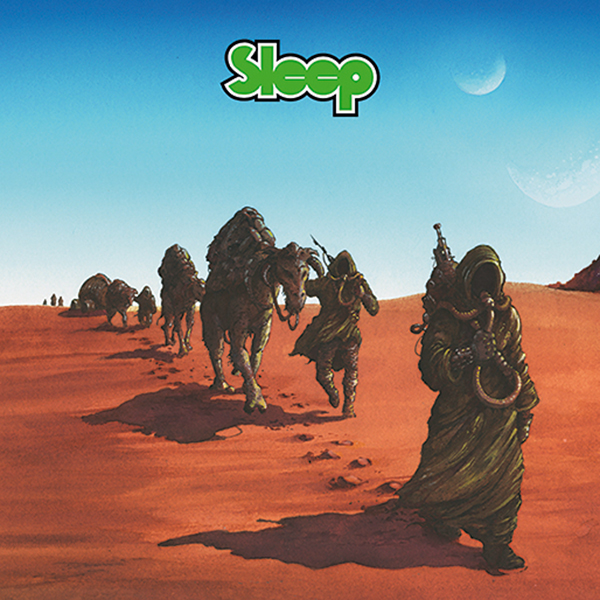
Sleep
Dopesmoker
Tee Pee, 2003
After London Records doubted the commercial prospects of a single, hour-long composition on an album, these stoner rock pioneers split temporarily rather than compromise. But when Dopesmoker finally emerged in 2003, its blissfully heavy, Sabbathian chords and trance-inducingly slow variety of doom metal attracted a still-growing cult following. Pick up the alternate Jerusalem version if you must have Sleep’s epic track split into chunks.
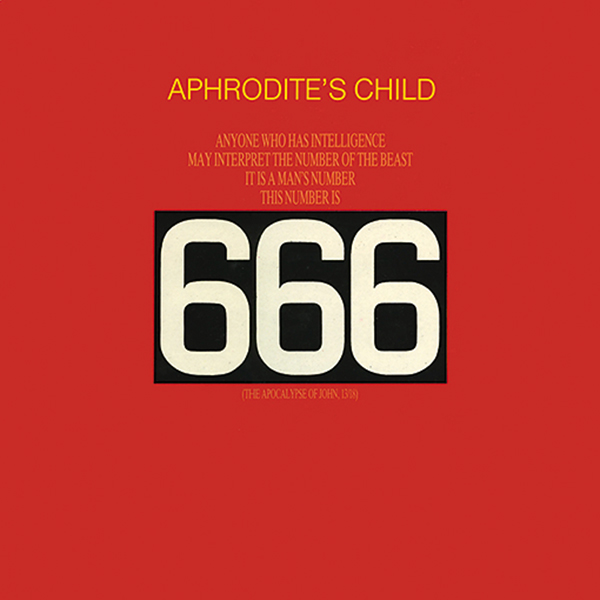
Aphrodite’s Child
666
Virgin, 1972
The keening vocals of future MOR superstar Demis Roussos, the curious lyrics of Costas Ferris, and the visions of future movie soundtrack master Vangelis make for one of Greek rock’s great out-there statements. The band broke up after this double LP’s release, delayed due to controversy over the erotic elements of the song ‘Infinity’. But they went on a high with tracks like the 19-minute epic ‘All The Seats Were Occupied’ and the anthemic ‘The Four Horsemen’.
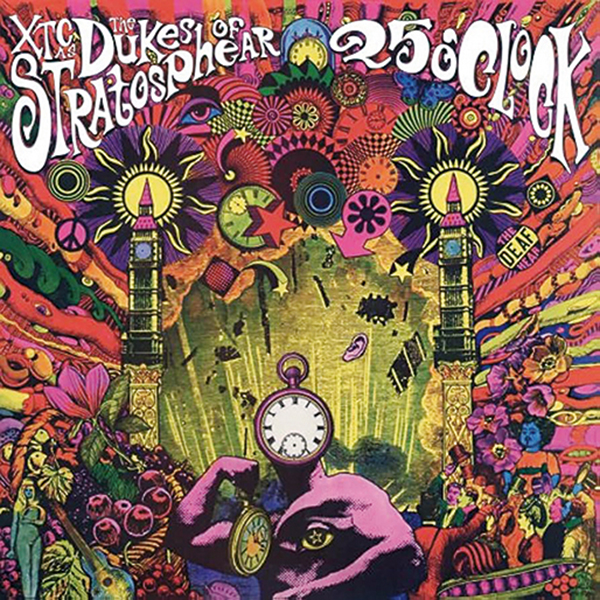
Dukes of Stratosphear
25 O’Clock
Virgin, 1985
Sometimes, pastiche can outstrip the source material, and this mini album from a psychedelic side project of British post-punk pop-makers XTC is a fine example. Intended initially as a fun homage, it quickly ended up outselling the band’s own album of that time. Songs such as the would-be Magical Mystery Tour outtake ‘Mole From The Ministry’ and the Syd Barrett-ish ‘Bike Ride To The Moon’ are sufficiently strong to stand up against the records they’re aping.
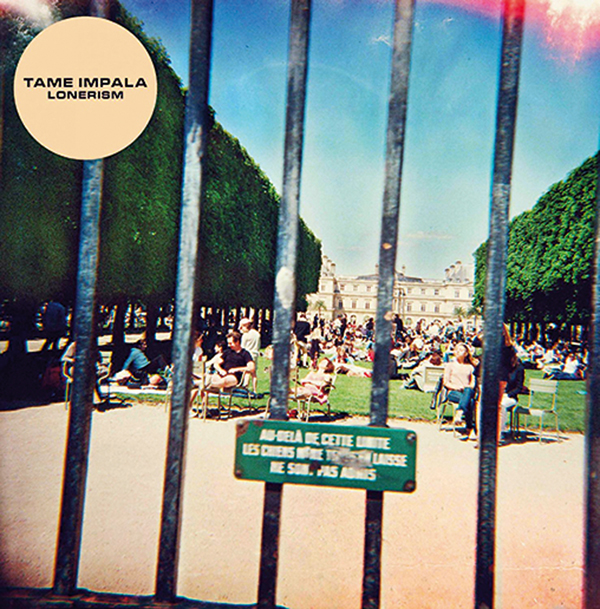
Tame Impala
Lonerism
Modular, 2012
In following up the rockier debut Innerspeaker, Kevin Parker’s dreampop project came of age with a record that seems to hover beatifically above the clouds, even during the freefalling melancholy of ‘Feels Like We Only Go Backwards’ or the stomping, pneumatic groove of ‘Elephant’. There’s also a gleefully transcendent vibe exuded even when Parker’s falsetto vocals are full of despair, as if heartbreak is just another trip to lie back and enjoy.
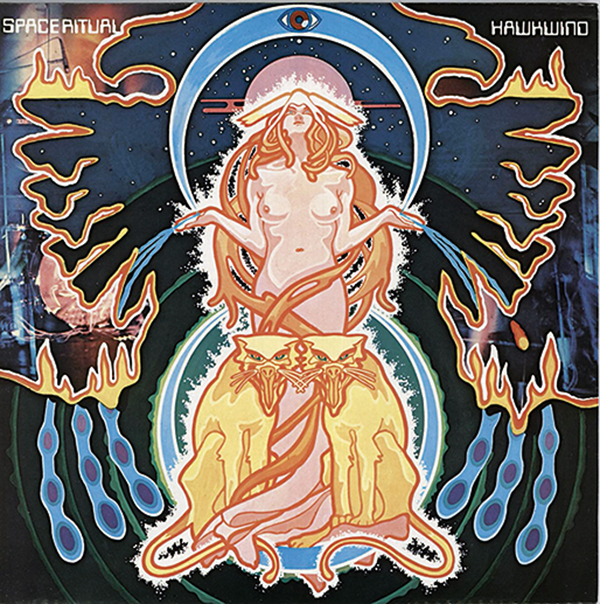
Hawkwind
Space Ritual
United Artists, 1973
Because this album was recorded live, the trademark space swirl that regularly enveloped Hawkwind’s sound was combined with the crackling atmosphere of capacity crowds, and a band who, fired up by the vibe of the occasions, played hard and heavy. With fellow traveller Michael Moorcock lending spoken word contributions, and several jams stretching over ten minutes, Space Ritual lives up to the ad’s promise: ‘88 minutes of brain damage’.
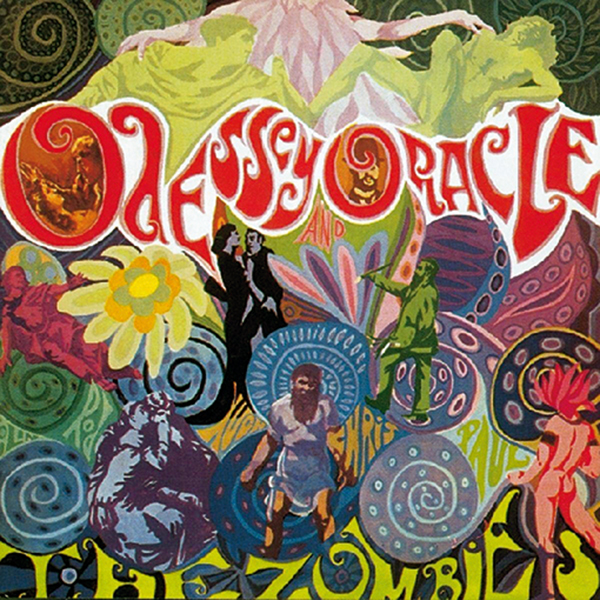
The Zombies
Odessey And Oracle
CBS, 1968
Although it was regarded as a self-financed, caution-to-the-wind indulgence by the band, who had just been dropped by their old label Decca, this half-hour distils the essence of the flower power era beautifully. Highlights range from the sweet lament ‘A Rose For Emily’ to the faintly hymnal autumn love song ‘Beechwood Park’, plus the seductive, breathy soul of ‘Time Of The Season’, a staple of advertising soundtracks that is now by far the album’s best known cut.
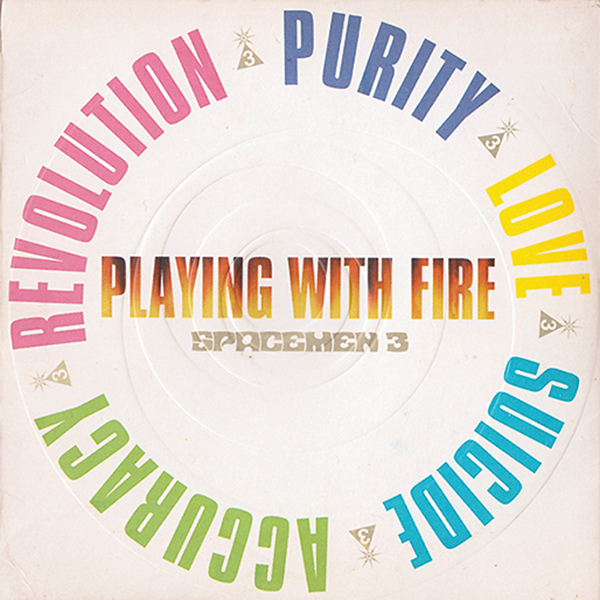
Spacemen 3
Playing With Fire
Fire, 1989
Psychedelia had a major influence on the ‘shoegaze’ noise rock movement of the late ’80s/early ’90s, in particular this Warwickshire band who had titled an early demo compilation Taking Drugs To Make Music To Take Drugs To. Spacemen 3 (actually a four-piece most of the time) specialised in heavy, fuzzy two-chord drones which drew on everything from gospel-like melancholy to punk, as the call-to-arms mantra of the superb ‘Revolution’ exemplifies.

The Rain Parade
Emergency Third Rail Power Trip
Zippo, 1983
One of the leading forces in the mid-’80s ‘paisley underground’ on the American west coast, this Los Angeles quintet made their debut with an enticingly starry-eyed set of noise-tinged songs that would turn a new generation of post-punk adventurers back onto the sounds of the late ’60s. Founder David Roback later continued his sonic journey with the band Mazzy Star, who could themselves, on another day, have easily been included in this roundup.
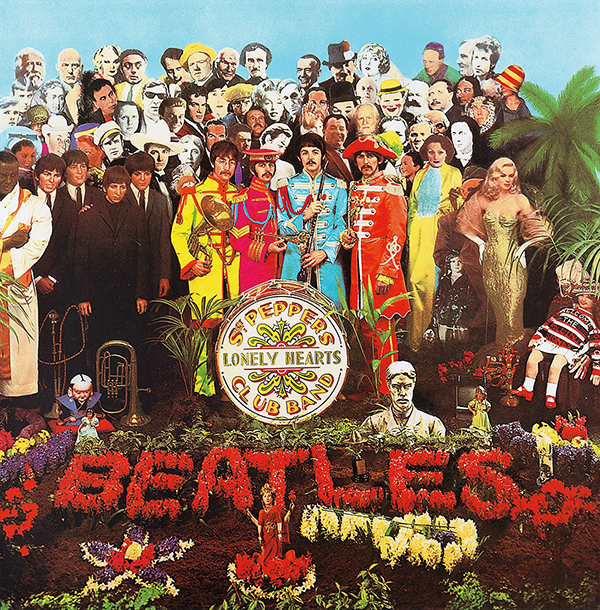
The Beatles
Sgt Pepper’s Lonely Hearts Club Band
Parlophone, 1967
Remember this? In recent years, familiarity has bred a curious semi-contempt among music critics for The Fab Four’s sonic revolution, whose release on 1 June 1967 effectively opened the gates on the Summer of Love. Many Beatles fans will now point to Revolver, Abbey Road or The Beatles (aka ‘The White Album’) as the quartet’s creative peak, to avoid being too, well, obvious. But it’s hard to over-emphasise what a mind-blower this record is, with song spinning giddily into song, and soundscapes that seem to bloom in the mind like petals unfolding.
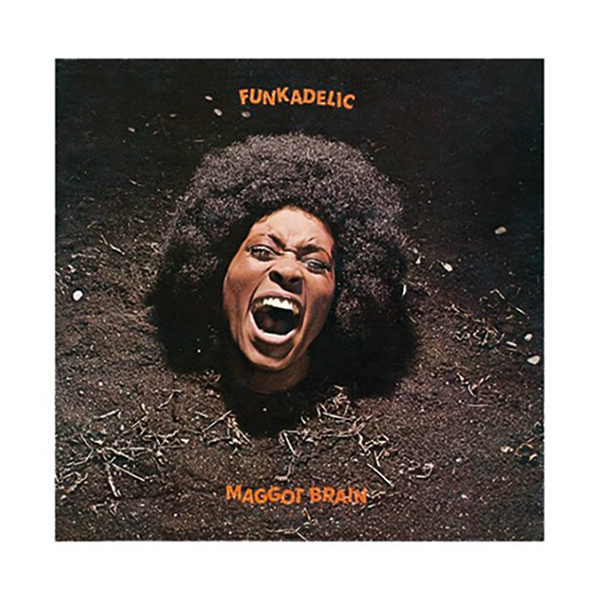
Funkadelic
Maggot Brain
Westbound, 1971
Despite their name, George Clinton’s collective started out as primarily an acid rock band, and here’s where their journey into other genres reached a fascinating crossroads. Few listeners to this record will need look further than the opening title track to testify to its genius – a largely instrumental reverie performed after an acid-tripping Clinton told lead guitarist Eddie Hazel to play as if he’d just learned his mother had died. Genius ensued.
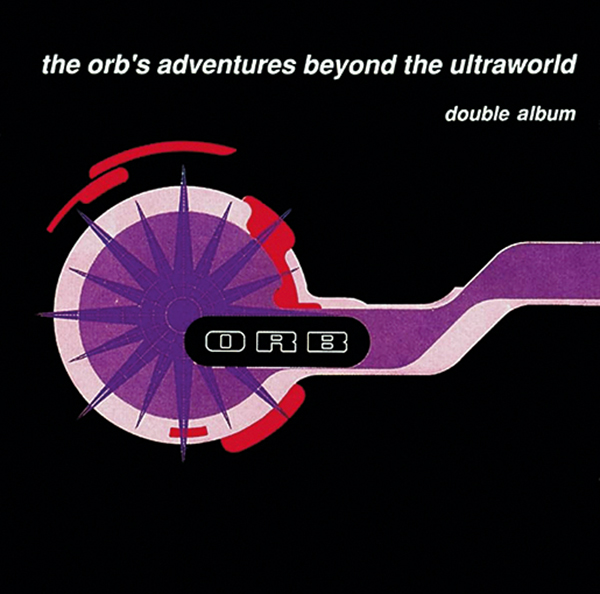
The Orb
Adventures Beyond The Ultraworld
Big Life, 1991
As the rave scene came of age in the early 1990s, plenty of space cadets who might once have turned on and dropped out to off-kilter guitar music began to discover the transcendental joys of trance-inducing electronic beats. A double album totalling 110 minutes, The Orb’s debut splices suitably dreamy vocal samples over airy soundscapes and reclaimed beats, while adding dashes of synth pop melody and grooves. ‘Ambient House’ was born.
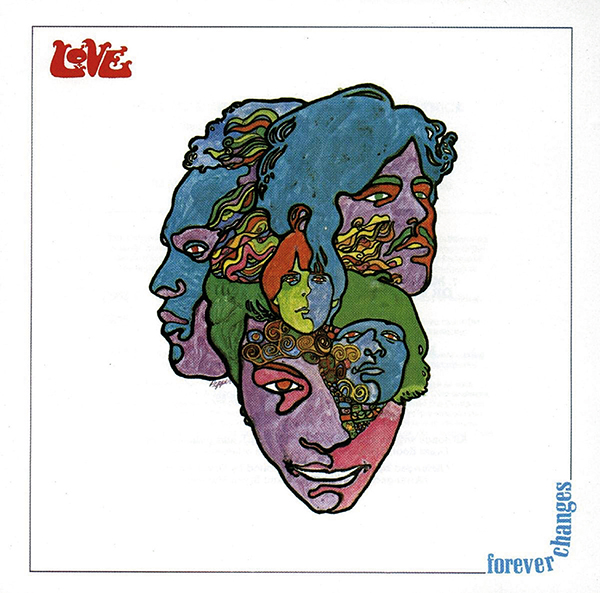
Love
Forever Changes
Elektra, 1967
If ever an album sounded like a sonic advert for the (then recently passed) Summer Of Love, it’s this blissfully bucolic collection of sun-dappled, baroque folk-pop vignettes from the appropriately named Love. Penned by likeable oddball Arthur Lee, with a little help from his chief lieutenant Bryan Maclean, these softly dizzying sketches feature surreal but ear-catching lyrics allied to the light-touch playing of Wrecking Crew session musicians and Bruce Botnick’s production. Sublime stuff.
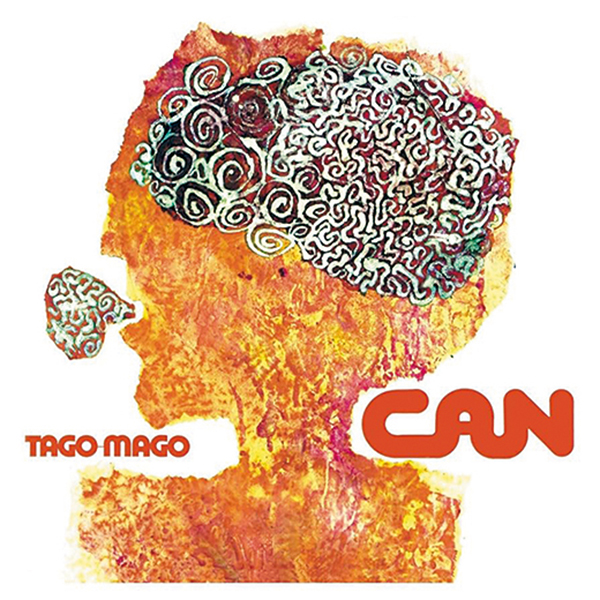
Can
Tago Mago
United Artists, 1971
When music fans refer to krautrock, they might just as likely be talking about intense electronica as Can’s organic, freeform jams, but both kinds are just as enveloping in their different ways. This second, double album by the experimental Cologne-based collective also retains a beguiling loose groove on the epic ‘Halleluwah’, as well as freaking out many an unsuspecting stoner with the backwards vocals on ‘Oh Yeah’.
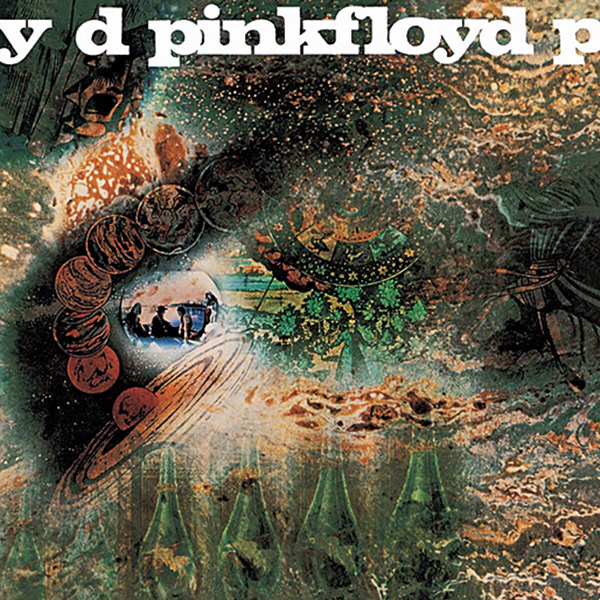
Pink Floyd
A Saucerful Of Secrets
EMI Columbia, 1968
Piper At The Gates Of Dawn had introduced Syd Barrett’s off-kilter world view, but this follow-up, featuring more creative input from the whole band, is a more expansive, hypnotic affair, and arguably a more effective power shower for the consciousness. Highlights such as ‘Set The Controls For The Heart Of The Sun’ and ‘Let There Be More Light’ blend Barrett-style intoxication with the longer-form journeys the band would soon take without him.

Tangerine Dream
Phaedra
Virgin, 1974
When you listen to this record now, many of its swirling sonic motifs sound familiar – clichéd even – but that’s because of how many electronic, ambient and psychedelic acts took influence from Edgar Froese and friends. The fruit of intense labours on a newly acquired Moog sequencer at label boss Richard Branson’s Manor Studios in Oxfordshire, its mutating, spacey synth patterns sometimes sound like the musical equivalent of a journey inside a lava lamp.

GOAT
World Music
Rocket, 2012
The debut album from this gang of Swedish headchargers doesn’t sound much like any of the other records on this list, but draws influence from many of them. Their masked, half-naked and faintly satanic image promises much, and this is the first of many studio outings to deliver on it. Stoner rock riffs one minute, Afrobeat grooves and wah-wah guitar the next, either side of quasi-religious incantations and ethnic percussion: world music, yet frequently orbiting the cosmos.
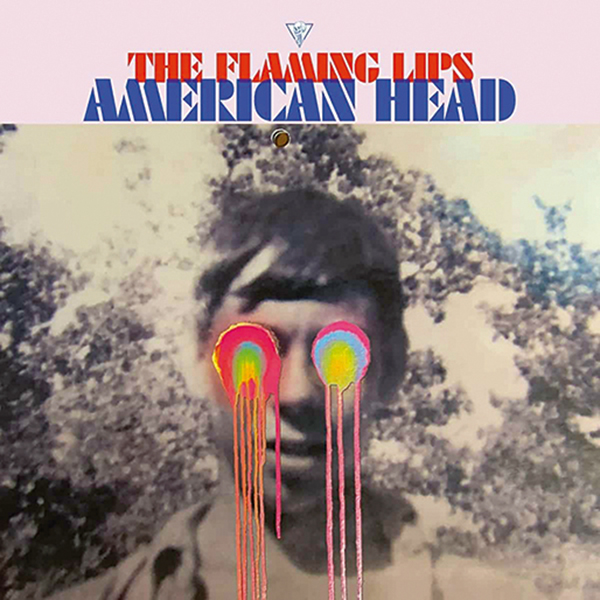
The Flaming Lips
American Head
Bella Union, 2020
You could pick any number of these Oklahoma mavericks’ albums to represent their acclaimed way with a wonky pop song – some considerably more out there than this. But this recent concept album, based on imaginary (albeit autobiographically based) visions of a misspent Midwest youth, shows they can still seduce our ears in middle age. ‘Mother, I’ve taken LSD’, sings band founder/frontman/chief songwriter Wayne Coyne at one point. You don’t say.